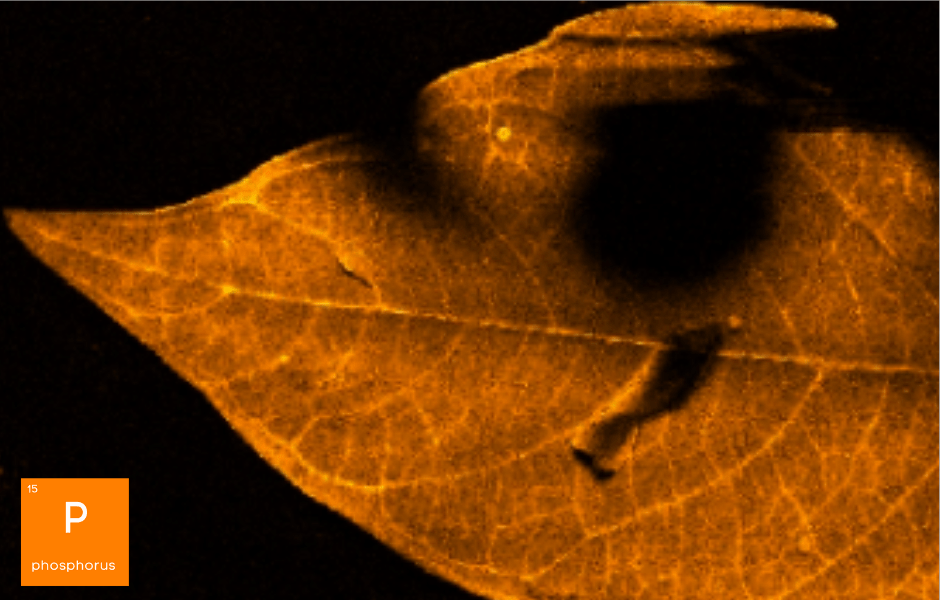As the hues of trees transition from green to gold, crimson, and tangerine during the fall season, a symphony of chemical changes occurs within their leaves. This natural spectacle, celebrated in poems and paintings, results from intricate physiological and chemical processes. But have you ever wondered about the specific chemical alterations that enable this transformation? And how technology, like microXRF, can provide deeper insights into these changes?
Chemical Changes Behind the Colors
Chlorophyll Breakdown
The verdant shade of summer leaves is due to chlorophyll, the molecule responsible for photosynthesis. As the days shorten and temperatures drop, chlorophyll breaks down and diminishes, causing the green color to fade.
Carotenoids
These yellow and orange pigments are always present in leaves but get overshadowed by the dominant green chlorophyll. As chlorophyll dissipates, carotenoids become more prominent, lending the leaves their golden and amber hues.
Anthocyanin Production
In some species, the cooler fall temperatures and increased light exposure lead to the production of anthocyanins. These pigments are responsible for many fruits and vegetables’ red, blue, and purple shades. In leaves, they can manifest as brilliant reds and purples.
Tannins
Brown colors in some leaves are the result of tannins, which become more visible as other pigments break down or fade.
The Power of MicroXRF in Plant Analysis
MicroX-ray fluorescence (microXRF) is a powerful tool that can provide a precise and non-destructive analysis of chemical changes in organic materials, including leaves, plants, and trees.

Figure 1: MicroXRF map of a leaf, revealing detailed elemental distributions for phosphorous.
Elemental Distribution
MicroXRF allows for detailed mapping of elemental distribution in a sample. As fall progresses and leaves undergo chemical changes, the elemental composition may shift, providing insights into metabolic processes.
Trace Element Analysis
Beyond the primary pigments, microXRF can identify and quantify trace elements in leaves. This is invaluable in research when understanding the uptake, transport, and deposition of nutrients or pollutants within plants.

Figure 2: MicroXRF mapping of a leaf, revealing detailed elemental distributions for sulfur, chlorine, potassium, calcium, titanium, manganese, iron, copper, and zinc. Maps were collected using a 7 μm spot and pixel size on the Atlas M.
Comparative Studies
Using microXRF, researchers can compare leaves from different geographical areas, climatic conditions, or varying levels of environmental stress to understand the variation in chemical composition.
Support in Ecological Studies
Understanding plant chemical changes can explain their health, resilience, and response to environmental changes. MicroXRF offers an efficient method for large-scale studies, helping ecologists and botanists make informed observations.
Conclusion
The picturesque transformation of fall foliage is not just a feast for the eyes but a complex interplay of chemical processes. By leveraging advanced technologies like microXRF, researchers can delve deeper into the secrets of these transitions, offering insights that bridge the gap between art and science. At IXRF Systems, we remain committed to providing cutting-edge solutions that support and advance the exploration of our natural world.
Dive Deeper with the Atlas MicroXRF
Captivated by the incredible science behind fall foliage and the potential of microXRF? Don’t let your curiosity end here. With the Atlas microXRF, the intricate details of the natural world are within your grasp. It’s a tool designed for those who refuse to settle for surface-level knowledge. Reach out to us today and discover a world of insights you’ve yet to imagine. Let the Atlas microXRF be your guide to the unseen chemical tales of nature.
Want to know more? Click here to unlock the full potential of the Atlas microXRF and embark on a journey of discovery!
IXRF Systems is a leading provider of X-ray fluorescence instrumentation. With our advanced analytical solutions, we are committed to supporting research, quality control, and educational endeavors across various industries.

